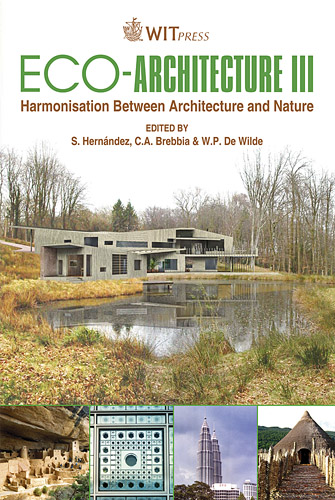Floating Houses – Chances And Problems
Price
Free (open access)
Transaction
Volume
128
Pages
13
Page Range
221 - 233
Published
2010
Size
3,309 kb
Paper DOI
10.2495/ARC100191
Copyright
WIT Press
Author(s)
H. Stopp & P. Strangfeld
Abstract
Floating architecture could be a resolution in the future for current problems in many districts, cities and landscapes. Such problems can be seen particularly in the need for additional housing areas and construction grounds in some countries in Europe and Asia as a result of the growing population and/or the slowly rising sea level in context with the worldwide climate change. Another example for problems of current interest is the use of alternative energies. The water areas of channels and closed down harbours offer good opportunities to create new water landscapes with modern marinas consisting of floating houses and other floating architecture. As this paper will show, this is achieved in the same way that brownfields, such as the pits of former opencast lignite mines, are appropriated for such modern marinas after their transformation into post-mining lakes. Thereby, the possible use of water as an alternative energy source is demonstrated too. On the other hand there are a lot of new problems with regard to the physical and chemical effects of water on the constructions of floating architecture. New materials and structures must be developed in order to withstand the attacks of waves, sea climate, salts and ph-values. The harmonisation between architecture and nature is to be discussed. Moreover, there are questions about energy and water supply, waste disposal and safety. Three years ago a new project was started with regard to these topics. The first results of the investigations supported by experiments and numerical simulations are presented in the paper. Keywords: floating architecture, floating houses, post-mining lakes.
Keywords
floating architecture, floating houses, post-mining lakes





